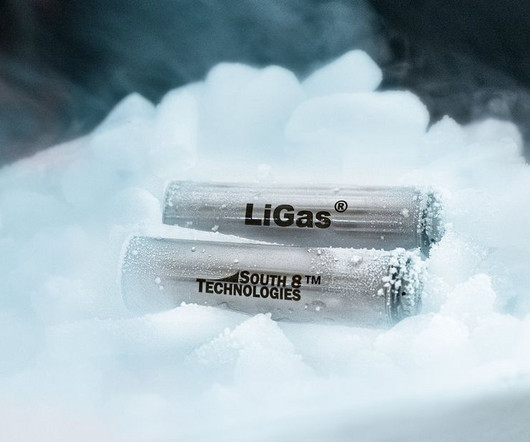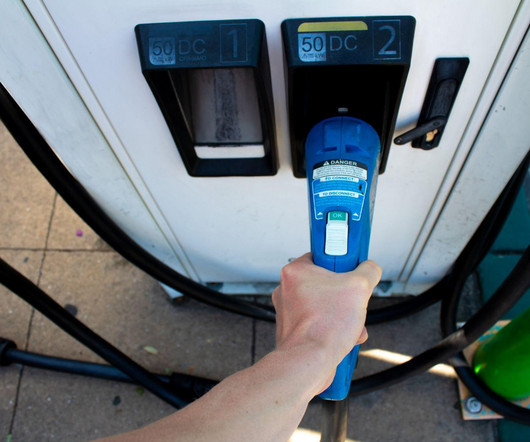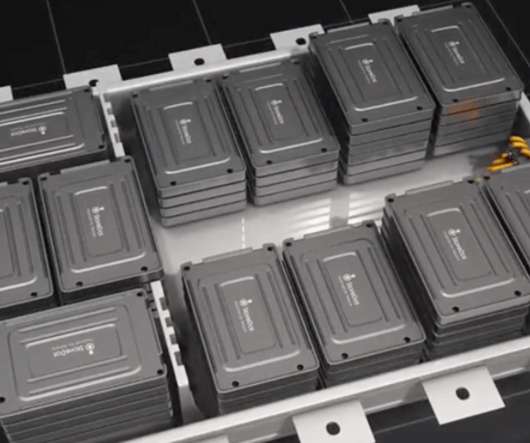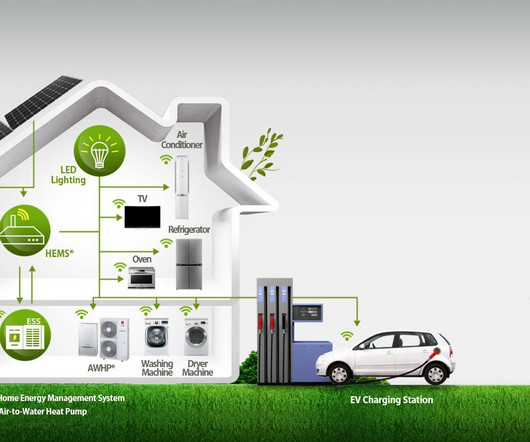DOE to award up to $42.3M to support manufacturing innovations, including Li-ion battery manufacturing
Green Car Congress
AUGUST 2, 2021
These novel systems can utilize a combination of pretreatments, mechanical dewatering, alternative heat and fuel sources, and/or other approaches to optimize energy performance and increase overall thermal efficiency while reducing carbon impacts. Topic Area 3a: Structured Electrode Manufacturing for Lithium-ion Batteries.












































Let's personalize your content